The key word here is busy…
Put yourself in their shoes for a moment. Imagine that your job and your next promotion rides on finding that one in a million song or artist that is going to take the world by storm.
It makes sense that executives and A&R reps rely more on data analytics than they do on their ears.
They can find artists and songs based on the reactions from a huge ‘test group’ like TikTok, which gives them more objective confidence in their decision making than their own ears can.
Still… don’t underestimate the power of the pitch.
Business executives and entrepreneurs love a good pitch. But because they are so overwhelmed with people that want to pitch to them, they need you to get down to the bottom line as quickly as possible. Preparing a brief and compelling pitch is a challenge, which brings us to our first rule:
1. Keep it short.
It is easy to ramble on and on about your music, so it might be helpful to think of it this way…
You are basically interrupting (with or without permission) someone’s day and asking them to spend some of their time (which is their only finite resource… the only thing they cannot get more of) considering your pitch.
Remember, the goal is not to get them to make a decision on the spot, but rather to get them excited enough to actually schedule a follow up meeting with you.
Understand their motivations so that you can target your pitch accordingly and open up a door to build a relationship… which brings us to our next point:
2. Consider their decision making process.
What are their criteria for choosing a certain artist or song? Who have they worked with in the past? What kind of placement needs do they have or what gaps are on their roster? Do your research and be clear on how you might benefit from working with each other.
If the executive is an A&R for a record label or publishing company, it is also useful to know what the chain of command is for signing someone. Does the person you are pitching to have that power? Or are there other people who will be involved in that decision?
Another thing to keep in mind is how the human brain has evolved to make decisions…
According to neuroscience, we all have 3 separate parts of our brain that evolved to handle different functions. The oldest part, the ‘reptilian brain’, is responsible for quickly deciding if something is a friend or enemy. The next part to develop was the ‘mammalian brain’, which linked us to our tribes and makes decisions based on social proof/status. The final part to develop was our neocortex which is responsible for planning and higher level reasoning.
If you say anything that is too long, complicated or hard to follow, it will likely not even make it past the reptilian brain. If it is not exciting, new, backed up by social proof (buzz), or come highly recommended by trusted sources, it will probably not make it past the mammalian brain. If you are able to get your message to the neocortex, it will be strongly considered.
With the full decision making process in mind, consider tip number 3:
3. Build a strong brand narrative.
A brand narrative is different from a brand story. For info about how to create your brand story be sure to check out my post ‘Music Promotion Story Formula’.
A story has a beginning and end, but a narrative is constantly evolving.
Simply put, your narrative should answer the question ‘why should anyone care?’
There are so many amazing brands competing for attention, a strong narrative makes you stand out and gets people excited about your music.
Your brand narrative should be closely linked with your ‘brand position’, which is basically how anyone can distinguish you from other brands, artists, and musicians. An example of a brand position could be Greta Van Fleet as ‘the next Led Zeppelin’.
These techniques add to the buzz. And as we learned in point number two, the ‘sizzle’ and simplicity of the brand narrative will get you past the mammalian brain to where a busy executive could strongly consider your pitch.
Here’s a useful thought experiment:
If you had a ‘hype man’ what things would they say about you?
How can you create a narrative that is exciting and makes people want to learn more?
An important thing to keep in mind is that your brand narrative must be believable and authentically linked to your identity and sense of purpose.
People can easily sniff out a phony or an amateur. Make sure you are putting in the work to back up any hype that you are building.
Ultimately, you must make compelling art and find the audience that resonates with it. At HOME, we believe that the best art will somehow find a way… that the cream rises to the top over time and with consistency. But we also engineer opportunities for artists and great music to reach the next level.
A good pitch (backed up by great music) can go a long way in getting the right people to pay attention!



